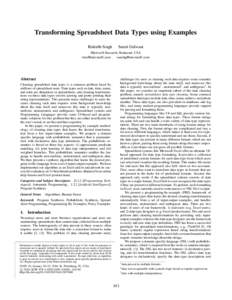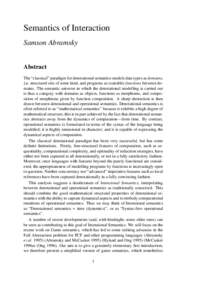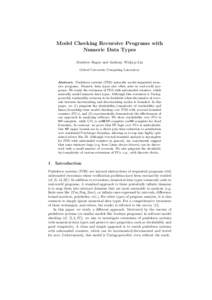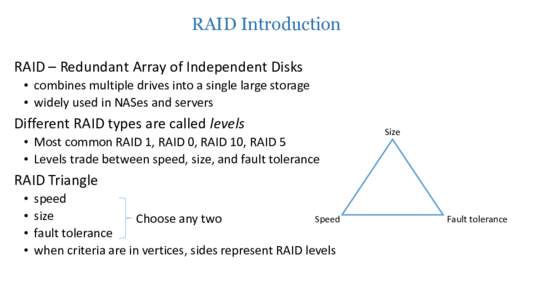<--- Back to Details
| First Page | Document Content | |
|---|---|---|
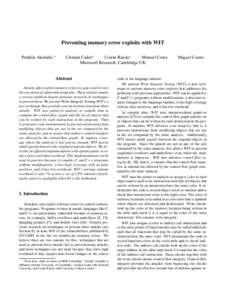 Date: 2016-03-08 07:04:45Software engineering Computing Computer programming Data types Primitive types Software bugs Assembly languages Computer performance Pointer X86 assembly language Subroutine Buffer overflow protection |
Add to Reading List |
 Preventing memory error exploits with WIT Periklis Akritidis ∗ Cristian Cadar∗ Costin Raiciu∗ Manuel Costa
Preventing memory error exploits with WIT Periklis Akritidis ∗ Cristian Cadar∗ Costin Raiciu∗ Manuel Costa